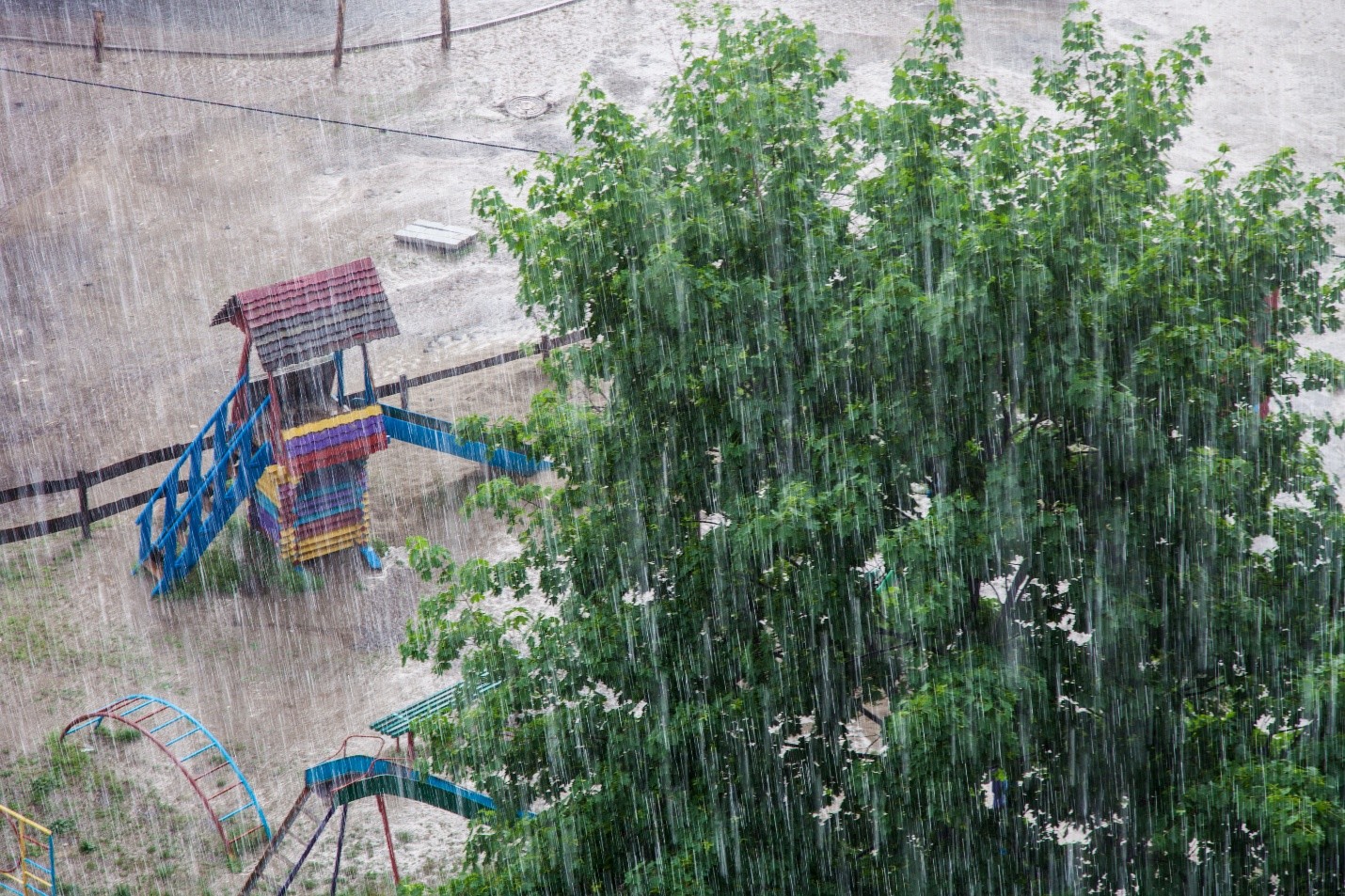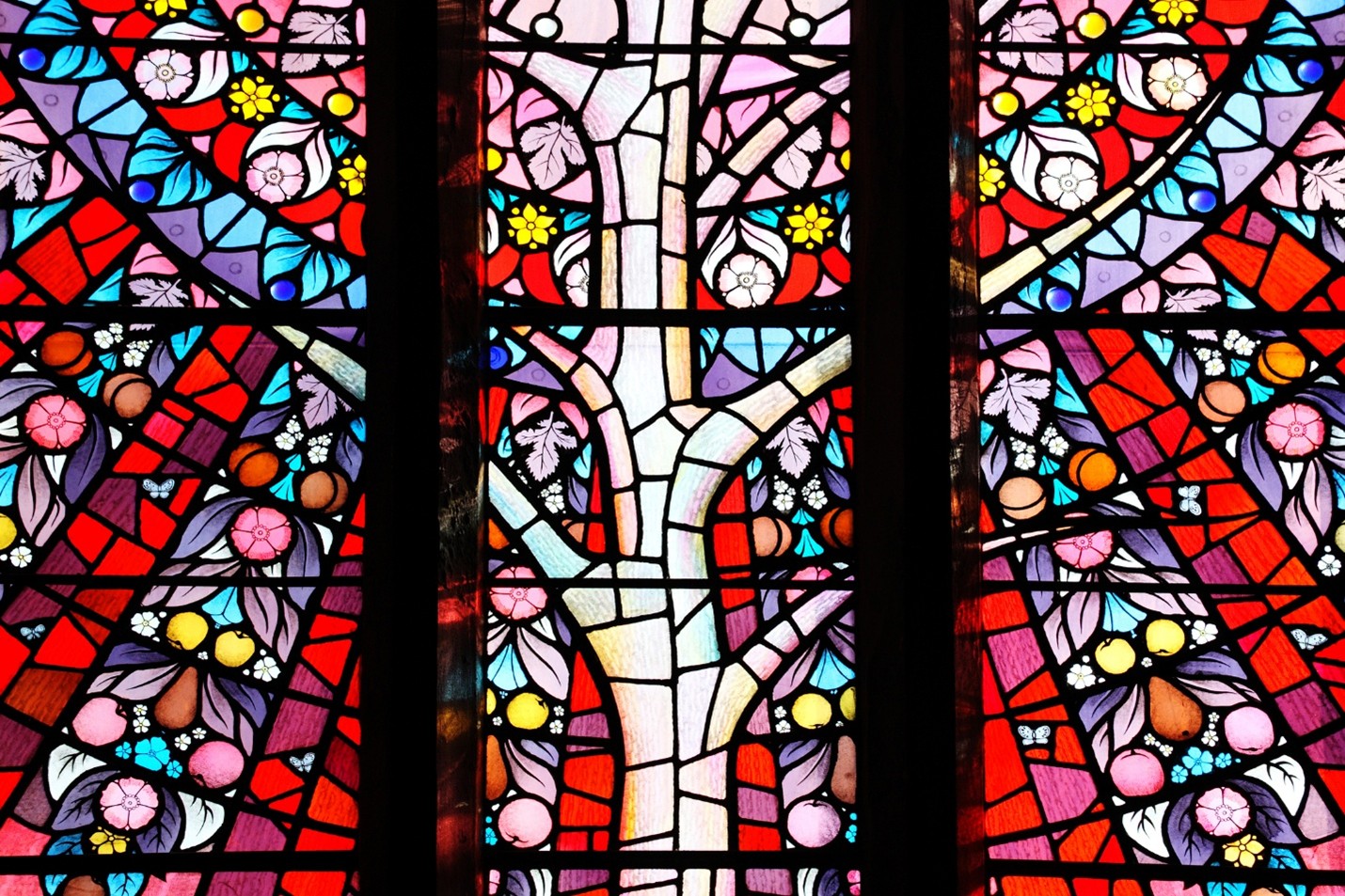Trees are a vital part of our world, our environment, and our communities - providing benefits that extend far beyond their beauty and shade. Throughout our history, trees have stood by as witnesses, guardians, and providers – and it could be argued that without trees modern human civilization would not exist. Without doubt, trees have had a powerful impact on the world around us, making our lives healthier, safer, and more enjoyable in countless ways. In this article we will take a look and give appreciation to some of the many ways that trees today improve our lives and make our world a better place to live.

Trees give us oxygen and clean air
Trees are well known for their essential role in producing the oxygen we breathe. A single mature oak tree alone can generate about 100,000 liters of oxygen each year, which is enough to sustain two people during that period. Trees make oxygen available through two incredible processes - photosynthesis and transpiration - by which trees absorb carbon dioxide from the atmosphere while taking up water from the ground. By capturing energy in the sunlight that falls on their leaves, trees convert these compounds into carbon-based sugars that fuel their growth and metabolism - and as a byproduct release life-sustaining oxygen into the atmosphere. As a result, trees provide us with breathable air while sustaining themselves, and, by sequestering carbon, trees play a critical role in combating air pollution and climate change.
Trees also act as natural air filters, purifying the air by absorbing other potentially harmful gases and particulate pollutants. Besides carbon dioxide, they absorb pollutants like nitrogen dioxide, sulfur dioxide, and ground-level ozone. Their leaves, branches and bark trap and filter out particulate matter such as smoke, soot, dirt, and dust. In urban areas, where air pollution is higher due to traffic and industrial activities, trees are particularly important in improving air quality. By reducing concentrations of harmful pollutants, trees contribute to better respiratory health for city dwellers and can lead to significant health cost savings for communities.
Trees impact our climate and weather - both locally and globally
Trees play a significant role in regulating climate, temperatures, and weather patterns that can be felt not only on a local scale but also have far reaching impacts that stretch across the globe. By releasing water vapor into the atmosphere, forested areas influence atmospheric humidity, contributing to cloud formation, precipitation, and the vital production of global rainfall. Forested regions often experience more stable local climates and higher moisture levels, which can help buffer climate extremes and mitigate drought.
On a local scale, the presence of urban and suburban forests also helps buffer communities against extreme weather events, such as heatwaves and floods, by moderating temperature swings and absorbing water in heavy rain events. By producing shade in summer and blocking cold winter winds, community trees facilitate what are known as microclimates, which modify surrounding seasonal temperatures and reduce heat island and wind tunnel effects in urban and residential areas. Additionally, through evapotranspiration - a combination of evaporation and transpiration - trees release moisture into the air, which also creates a cooling effect on the environment.

Trees help manage storm water – mitigating floods and keeping our water clean
Trees play a vital role in managing storm water and are engineered from root to shoot to mitigate heavy rain events and keep our water clean. By intercepting rainfall with their leaves and branches, trees slow down the movement of water, reducing the risk of flooding and soil erosion. Their root systems help stabilize soil, allowing more water to soak into the ground rather than running off quickly into streams and storm drains. Tree roots also filter out pollutants present in stormwater runoff before they reach waterways and reservoirs. Especially in urban environments and high-density developments, community forests can alleviate pressure on drainage systems, minimize property damage, and improve overall water quality.
Trees Save You Money
When it comes to managing costs for maintaining homes and businesses, it can be said that money does truly grow on trees! Trees can help save substantial amounts of money - up to 30% on summer cooling costs and 25% on heating costs - by significantly reducing energy usage. When strategically planted, trees provide shade during hot weather, lowering the need for air conditioning. And in colder months, trees act as windbreaks, protecting buildings from cold winds and reducing heating costs.
Not only do trees offer substantial financial savings on utility bills, but they also enhance property aesthetics and value. Healthy well-maintained trees add undeniable visual appeal to a home or business - and beautiful landscaping attracts buyers and shoppers. Research has shown that planting trees can increase property values up to 15%, and homes and businesses surrounded by healthy, mature trees tend to have higher market values and do more business. In addition, tree-lined streets and shaded parks increase the desirability of neighborhoods, making them more attractive places to live and work.

Trees Make You Healthy
The presence of trees contributes to better physical and mental health. Trees are well known for improving air quality and climate temperatures, lowering stress, and providing spaces for exercise and recreation, all of which promote physical and emotional well-being. There are also many other remarkable ways that trees contribute to your health, some of which include:
- Spending time around trees can lower blood pressure and heart rates.
- Just touching a tree can reduce stress levels, leading to feelings of relaxation and calm.
- Trees release chemical compounds called phytoncides that can physically enhance human immune system function and lower stress hormones.
- Trees can help you sleep better.
- Trees help speed recovery from surgeries or illnesses.
Just seeing trees outside a window can have multiple mental health benefits, improving mood, concentration, and lowering anxiety. And even mentally visualizing trees can have strongly positive effects on human health, particularly with homebound patients coping with cancer and other serious chronic illnesses. In a psychotherapeutic practice called guided imagery, patients are led through a mental visualization of seeing or even being trees, envisioning themselves as a tree located in their own safe and comforting place in nature.
Trees have medicinal properties
In addition to making us feel better by being around them, many trees have amazing medicinal properties. For centuries, extracts taken from leaves, bark, and roots have been used in traditional medicine to treat various ailments and continue to be resources that are chemically replicated for modern pharmaceuticals. A well-known example is aspirin, a common household pain reliever that was originally sourced from the bark of willow trees. In fact, the chemical name of the active ingredient in aspirin, salicylic acid, is named after the Latin word “Salix”, which is the scientific name of the willow tree.

Trees make you smarter
Exposure to green spaces with trees has been linked to improved concentration, memory, and cognitive function. Trees and green spaces improve cognitive ability and mental health by reducing stress, enhancing mental clarity, and boosting brain function. Being near trees encourages relaxation and lowers stress hormones, which frees up cognitive resources to support better focus, planning, decision making and problem solving. Trees also help us manage our emotions and help foster learning and creativity.
Additionally, trees play a significant role in supporting children’s cognitive development and mental well-being. Studies have shown that trees and natural environments enhance children’s cognitive function and boost academic performance by improving attention, motivation, concentration, working memory, and problem-solving abilities. Trees have also been shown to lower childhood aggression and anxiety, and research has shown that exposure to trees and green spaces is correlative to positive neural development in brain areas responsible for cognition and emotional management.

Trees reduce crime
Despite long standing beliefs that urban vegetation fosters a hiding place for criminal activity, recent studies suggest that planting and properly maintaining trees can play a significant role in preventing crime in at risk neighborhoods. Research has shown that communities with more trees often experience lower crime rates, suggesting that green spaces and tree-lined streets can foster a sense of safety, encourage community interaction, and overall deter crime.

Trees build communities
Trees help build strong communities by providing gathering spaces, improving living conditions, fostering community health, and beautifying homes, parks, and neighborhoods. Shared green spaces create opportunities for social interaction and foster a sense of belonging. By creating a sense of community pride and engagement, trees can transform residential areas into havens of tranquility and security, encouraging outdoor activity and social interaction.
Trees bring music to our ears
Many species of trees, both exotic and domestic, are valuable resources for tonewoods that are used to create musical instruments, from pianos and guitars to violins and clarinets. And in our forests and neighborhoods, our community trees create their own musical soundscapes - presenting a stage of symphonic symbiosis, as their leaves rustle in the wind to the accompaniment of birdsong and the soothing sounds of nature. Whether the setting is in the woods, a neighborhood park, or on a concert stage, it can truly be said that without trees our world would have no music.

Trees enrich our culture and nurture our spirits
Around the world, trees inspire art, literature, and cultural traditions. They serve as symbols of life, growth, and resilience, appearing in countless stories, artworks, and celebrations. Many cultures hold special ceremonies under the canopy of trees, and individuals often find peace and inspiration resting under the shade and shadows of a tree’s branches. Trees truly enrich our lives in ways that go beyond the physical realm, nurturing our spirits as well as our minds and bodies.

Give some thanks – and some love – to your trees with a little TLC, or Tree Loving Care
Our trees give us so much, improving our lives, our communities, and the planet we all call home. This Thanksgiving, show your trees how much you appreciate them for all that they do. Give them a hug or better yet invest in some well-deserved TLC – Tree Loving Care - from your neighborhood tree care experts at Monster Tree Service. We know your trees, and we care for your property as if it were our own, keeping your trees healthy and beautiful for you and your loved ones to enjoy for many years to come.





